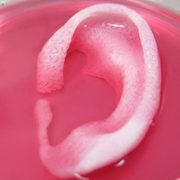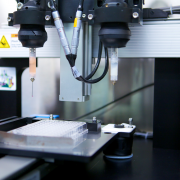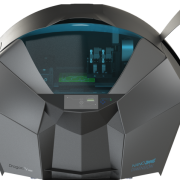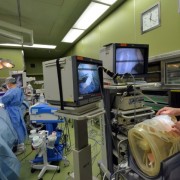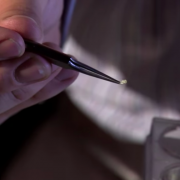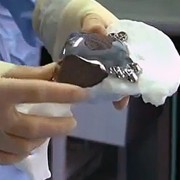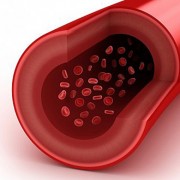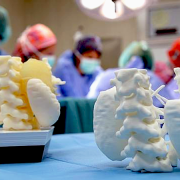3D printing in 2016: year in review
Most people agree that 2016 was a terrible year in virtually every respect: the conflict in Syria worsened, all of your favorite celebrities died, and Britain voted to leave the European Union. In the 3D printing world, however, things were moderately better: companies like XJet, Nano Dimension, Carbon, and Rize did exciting things; printing giant HP entered the additive manufacturing market; and specific 3D printing technologies like 3D bioprinting reached new levels of sophistication. Here are the most important 3D printing stories of the year 2016:

